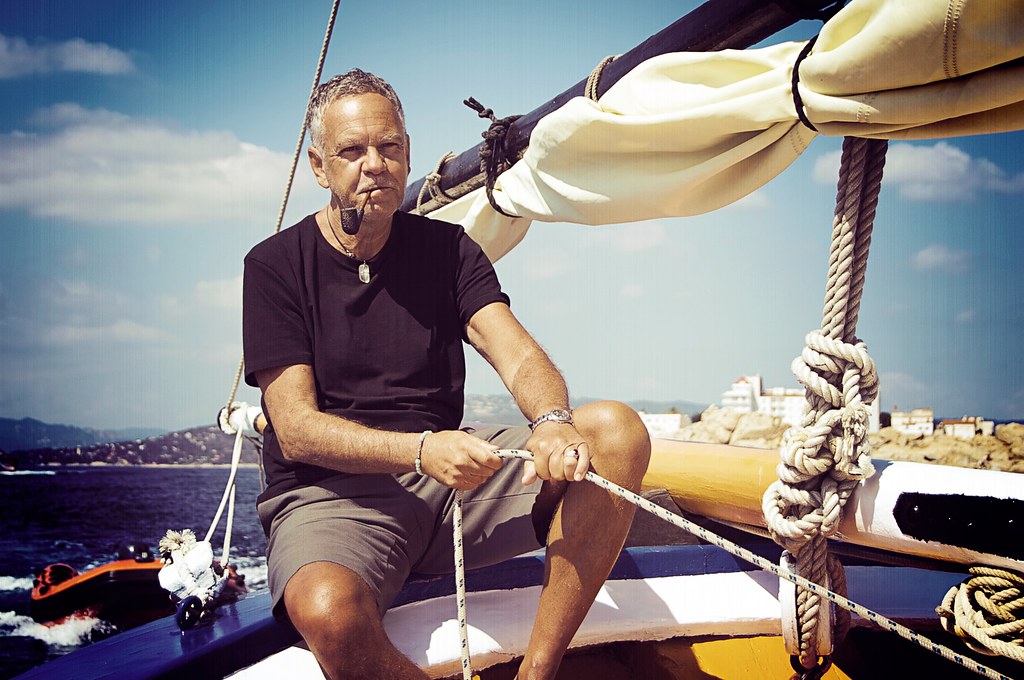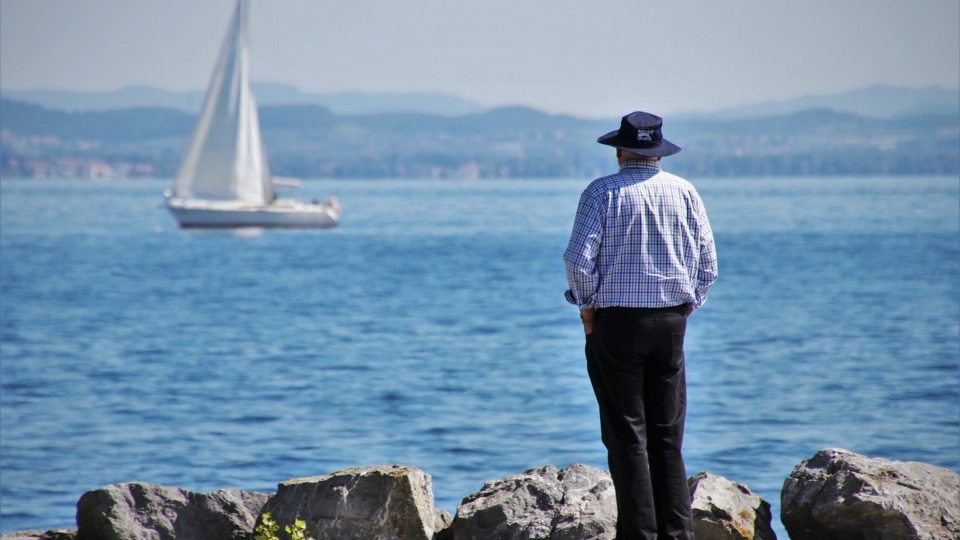Sailing In Retirement
For the past two decades, many retired couples have become full-time cruising sailors, and they are sailing in retirement. That’s right, they’ve left their land-life behind and taken to the sea.
Retired Couple Sailing
Such a switch in lifestyle may seem like an overly adventurous step for aging folks. But the truth of the matter is truly otherwise. Life on the water has proven to be a very healthy way of invigorating the body, conducive to reversing the aging process. Indeed, my personal experience as a sailor has brought me in touch with very youthful octogenarians. I’ve have met men in their eighties who still sail-even single-handed.
I, myself, have been sailing since turning a mere 59. Now 73 and still going strong, I see no reason to slow down. When my wife, who is only 61, retires, we may decide to go the way of so many retired couples that have chosen the live-aboard cruising life.
Sailing Retirement Communities
I’ve met so many in my sailing travels, I would venture to say they number in the thousands, although there are no statistics at hand to verify my guess.
You can find them sailing all over the world. They are joyful people, interested in every aspect of life, every person they meet, every place they encounter. Anchor in any harbor in the world, and you will find retired couples socializing with enthusiasm, visiting each other in their boats, enjoying dinners onboard, or joining a crowd at a sea-side restaurant or tiki entertainment bar. You find them on the beaches in groups, sunbathing, swimming, playing volleyball, laughing and drinking at a cookout.
And yes, there are lots of serious talks and personal sharing too. Quick and deep friendships get established. Many couples will team up and set sail together from place to place. While at sea, each couple is on their own boat where they have time to commune with nature and enjoy a kind of solitude not readily available on the land. Many cruisers become avid readers. They spend a good part of the day outdoors in fresh, clean air, moving across the oceans at a peaceful pace, perhaps averaging five to six miles an hour at most.
Sailing in tandem, each cruiser stays in touch with the others by radio. Being a flotilla assures each vessel a bit of safety in case of an emergency.
Some cruising couples choose not to go across oceans. They are content to sail in closer waters. On the east coast, for instance, many cruisers ply up and down from Main in the summer to Florida in the winter. They have been dubbed ‘snow birds.’

Sailing In Retirement – Cost
The average retired cruising couple will own a boat 30 to 40 feet long, sometimes larger. Depending on their financial circumstances, their boat will have been bought brand new, or somewhat older. A new boat can cost from $150,000 to $350,000. A good used boat 10 – 20 years old that has been well kept can cost from $40,000 to $90,000-fully equipped for bluewater cruising.
Typically, a retired couple will sell their home on land for much more than the cost of their home-at-sea. The balance, plus savings and retirement income, is more than ample to support this simple lifestyle.
Just think of it, living onboard, you have less clothing to replace, no furniture to buy, no car to maintain, no appliances to replace, no lawn to cut.
Instead, you have a boat to maintain, an auxiliary engine or an outboard engine that might need repair from time to time, equipment needing repair or replacement. But even these expenses can be much less than the cost of living onshore. Sailors become very self-sufficient. They quickly learn how to keep their vessel in good working order. And sailing couples help each other out. The sailing community becomes its own resource for repairs and expert advice, not only in matters of upkeep but also in the sharing of sailing expertise.
Learning To Sail In Retirement
Those of you who are about to retire or are already out of the harness, I encourage you to consider this way of life. If you’ve never experienced sailing and feel daunted by the whole idea, it is a simple matter to find out what it’s all about. There are many opportunities for learning how to sail. There are sailing schools wherever there is shoreline. You will be surprised to discover how easy it is to learn the art and science of sailing.
Another approach is to go on a cruise with an experienced captain. Chartering a boat can cost anywhere from a few hundred dollars for a short weekend or three-day voyage in coastal waters, to thousands of dollars for a week or two offshore in some exotic locale.
Or just simply go to a nearby marina and chat with anyone you find who is sitting in his or her cockpit enjoying just being onboard. Sailors are the friendliest bunch. Ask a few questions, and before you know it, you will be invited to step onboard. You will be taken below for a tour-and mostly like be invited to have a cup of tea or a beer.
Go to a boat show. Every spring and fall boat shows are happening up and down the east and west coast.
There, you can inspect countless numbers of new boats, explore all the booths that sell all kinds of sailing products and needs. Mingle with salty sailors and get a feeling of the kind of life you might want to choose. Sailors are the most comradely folks I’ve ever known.
And since you are reading on the internet, you can begin to learn much about this lifestyle surfing in cyberspace.
